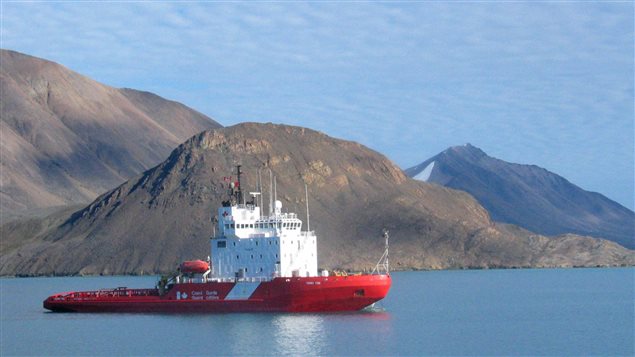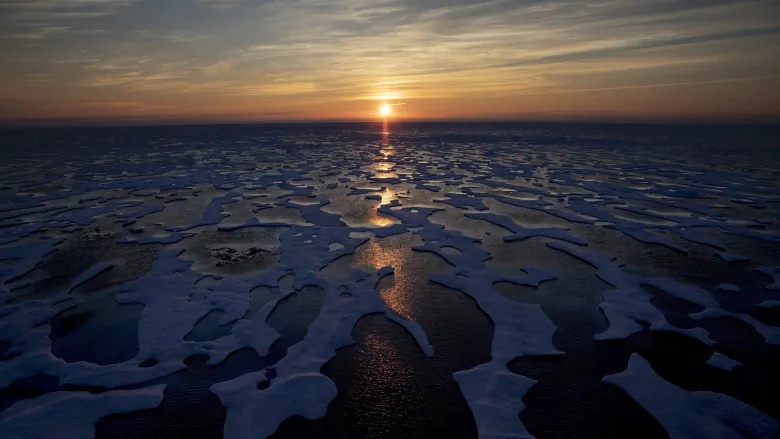2019 saw increase in commercial shipping through Northwest Passage

2019 marked a busy shipping season in the Canadian Arctic with 27 ships making a full transit through the Northwest Passage, according to statistics released by the Canadian Coast Guard.
While the total number of full transits through the Northwest Passage in 2019 was fewer than in 2017, which saw 31 transits (there were only five full transits in 2018), this year saw a marked increase in commercial traffic through the passage.
Five general cargo ships and five passenger ships made a full transit through the Northwest Passage, a series of routes snaking through the Canadian Arctic Archipelago between the Baffin Bay in the east and the Beaufort Sea in the west.
It is the first time since at least 2016 that this many cargo ships had used the Northwest Passage, which offers a significant shortcut for vessels travelling from Asia to Europe or North America, or the other way around.
In addition, 24 vessels made a partial transit through the Northwest Passage. Canadian officials consider a partial east to west Northwest Passage transit as being a transit from the Baffin Bay to at least as far as Cambridge Bay.
A partial west to east Northwest Passage transit is considered as being a transit from the Beaufort Sea to at least as far as Resolute Bay.

As of Nov. 27, 2019, the Marine Communications and Traffic Services (MCTS) Centre in Iqaluit, Nunavut, provided support for 191 vessels – cargo ships, cruise ships, research vessels, bulk carriers, fishing vessels, pleasure crafts and coast guard ships – sailing in Canada’s Arctic waters.
The five full transits through the Northwest Passage by cargo vessels were:
1) M/V Amazoneborg (Netherlands flag) made a transit from China to Baie-Comeau, Quebec, with a load of Anode carbon blocks, used in aluminum production.
2) M/V Amazonebord (Netherlands flag) made the return trip from Baie-Comeau to South Korea with a load of wood pulp.
3) M/V Americaborg (Netherlands flag) made a transit from China to Baie-Comeau with a load of Anode carbon blocks.
4) M/V Biglift Barents (Netherlands flag) made a transit from Pond Inlet, Nunavut, to China via Nome, Alaska, after delivering mining equipment to the Baffinland Mine in Pond Inlet. The vessel had no cargo while transiting the Northwest Passage to China.
5) MV Thamesborg (Netherlands flag) made a transit from Matane, Quebec, to South Korea with a load of wood pulp.
In comparison, by mid-October the Northern Sea Route (NSR) along Russia’s Arctic coast saw 31 full transits, with 258 vessels operating in the area and about 30 million tonnes of cargo being moved through the route, according to Russia’s State Atomic Energy Corporation “Rosatom,” which manages the NSR.
The NSR, which operates year around, thanks to icebreaker support provided by Rosatom, is the principal route for Russian Arctic liquefied natural gas (LNG) exports to customers in Europe and Asia.
Related stories from around the North:
Canada: The Arctic shipping route no one is talking about, Cryopolitics Blog
China: US sanctions against Chinese shipping company could hurt Russia’s LNG exports, The Independent Barents Observer
Finland: Finland’s aging icebreaker fleet needs modernization, Yle News
Norway: Hybrid-powered electric cruise ship navigates Northwest Passage, CBC News
Russia: Second shipment of fish via Russia’s Northern Sea Route cancelled, The Independent Barents Observer



